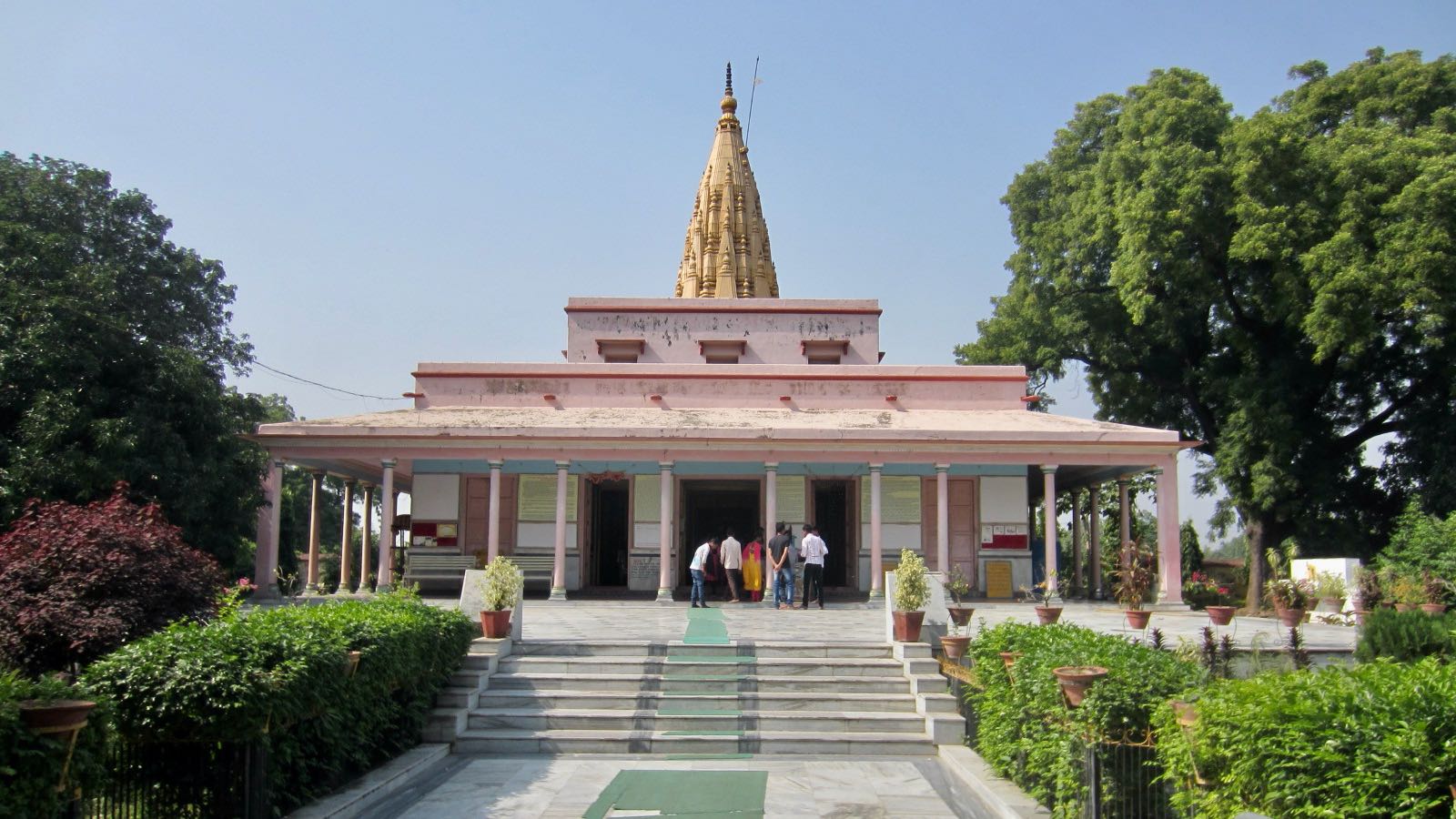10 Practical Tips for Visiting India
Planning the perfect time to visit India requires careful consideration of the seasonal variations.
India experiences three distinct seasons: summer (March to June), monsoon (July to September), and winter (October to February). Winter months offer the most pleasant weather for exploring this vibrant nation, while summer can be extremely hot in many regions.
1. Essential documents and visa requirements
Before heading to India, securing the proper documentation is crucial. The e-visa system makes obtaining permission to enter India straightforward, but processing times can vary. Applications should be submitted at least four weeks before departure. A valid passport with six months remaining validity is mandatory.
2. Understanding local customs and etiquette
Navigating Indian culture requires awareness of local customs. Removing shoes before entering homes or sacred sites is standard practice. When eating, using the right hand is customary, as the left hand is considered unclean in Indian culture. Dress modestly to show respect, especially when visiting religious places.
3. Getting around
Local transport in India offers numerous options. The railway system serves as the backbone of Indian transportation, connecting major cities and remote areas. Auto-rickshaws provide convenient short-distance travel, but prices should be agreed upon before starting the journey. Mobile apps for booking rides have become increasingly popular in major cities.
4. Where to rest
Budget accommodation options range from heritage hotels to modern hostels. Research thoroughly and book in advance during peak tourist seasons. Many accommodations offer traditional Indian hospitality, creating an authentic cultural experience.
5. Street food and dining tips
Indian cuisine varies dramatically by region. While street food tempts with aromatic spices and flavours, choosing vendors wisely helps avoid health issues. Looking for busy stalls with high turnover and clean preparation areas increases the chances of a safe dining experience.
6. Money matters
Traditional markets and shopping areas often expect bargaining. Start at about 50% of the initial asking price and negotiate respectfully. Carrying small denominations of Indian rupees helps with daily transactions and bargaining in local markets.
7. Exploring sacred sites
India’s sacred sites reflect centuries of spiritual devotion. Dress codes are strictly enforced at religious places. Photography may be restricted in certain areas, so always check before taking pictures.
8. Health precautions
Staying healthy requires attention to food and water safety. Stick to bottled water and avoid ice in drinks. Carrying basic medicines and having travel insurance is essential for peace of mind.
9. Communication basics
Learning a few basic Hindi phrases helps with daily interactions, though English is widely spoken in tourist areas. Local SIM cards are affordable and useful for navigation and staying connected.
10. Additional tips for exploring India:
- Climate considerations: Different regions of India experience varying weather patterns. The southern states remain relatively warm year-round, while northern areas see more extreme temperature variations. Research specific regional weather patterns when planning an itinerary.
- Cultural celebrations: Timing a visit during festivals provides insight into Indian traditions. However, accommodation prices often increase during major celebrations, and transport can be fully booked well in advance.


Leave A Comment